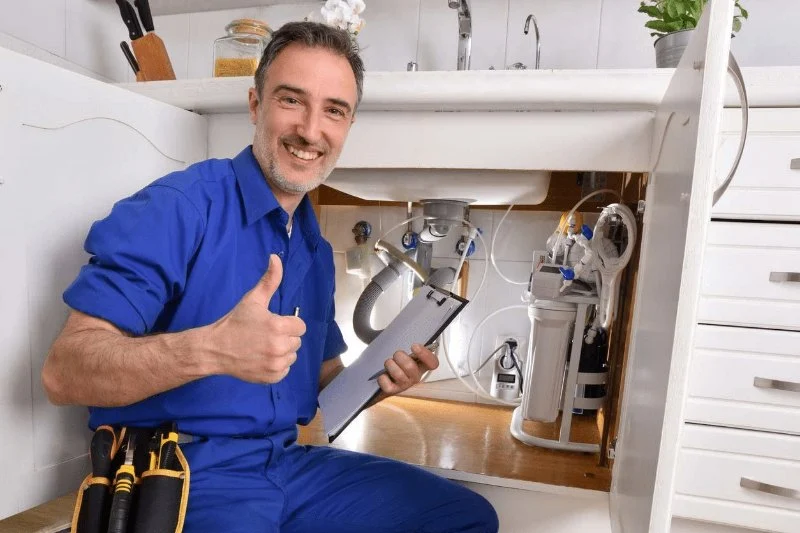
- Why Undersized Plumbing Is a Problem
- Signs of Undersized Plumbing
- Causes of Undersized Plumbing
- How to Fix Undersized Plumbing
- How Plumbers Supply Hub Can Help
Why Undersized Plumbing Is a Problem
Undersized plumbing can cause a variety of problems in your home, ranging from poor water pressure to frequent pipe bursts. Plumbing systems are designed to handle specific water flow rates, and when these systems are too small for the needs of a property, they struggle to deliver sufficient water to every fixture. As a result, you may experience inconsistent water pressure, slower filling times for bathtubs and sinks, or even damaged pipes over time.
Detecting an undersized plumbing system early is essential to avoid costly repairs and ensure that your home functions optimally. In this article, we'll discuss how to recognize the signs of undersized plumbing and what steps you can take to fix it.
Signs of Undersized Plumbing
There are several clear signs that your plumbing system may be undersized. Understanding these symptoms can help you identify the issue before it leads to major problems. Here are the key indicators:
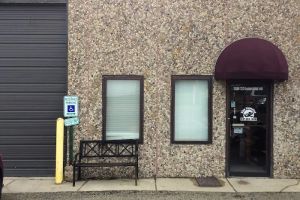
Kipp Plumbing, Inc.
Lake BarringtonLake CountyIllinois
28W123 W Industrial Ave, Lake Barrington, IL 60010, USA
1. Low Water Pressure
One of the most common signs of undersized plumbing is low water pressure. If you notice that water flow is weak or inconsistent, especially when using multiple faucets or appliances simultaneously, your pipes may not be large enough to handle the demand. This is particularly noticeable when running a dishwasher or washing machine while someone else is showering.
2. Slow Drainage
When your plumbing is undersized, it may take longer than usual for water to drain from sinks, bathtubs, or toilets. This is because the pipes are unable to efficiently carry the water away. If you experience slow drainage regularly, it could indicate that the plumbing system is struggling to cope with the load.
3. Water Temperature Fluctuations
If you notice sudden changes in water temperature while showering or washing dishes, it could be a sign that your plumbing is undersized. This happens when the hot water supply cannot keep up with demand, leading to temperature fluctuations. For example, if someone turns on the faucet in another room, it may reduce the flow of hot water to your shower, causing the temperature to drop unexpectedly.
4. Frequent Leaks and Pipe Bursts
Undersized pipes are more likely to burst or develop leaks due to the increased pressure they experience when trying to carry too much water. If you have had frequent leaks or pipe bursts in your home, it's important to have your plumbing system checked for size-related issues. Constant pressure from a system that isn’t built to handle it can lead to cracks and bursts in your pipes.
Causes of Undersized Plumbing
Several factors can contribute to undersized plumbing in your home. Understanding these causes can help you pinpoint the source of the problem and prevent it from recurring. Here are some of the most common causes:
1. Outdated Plumbing System
Homes with older plumbing systems may have undersized pipes, especially if they were built before modern building codes were established. Older plumbing systems were often designed with smaller pipes that could not accommodate today’s higher water demands. In these cases, upgrading to larger pipes is necessary to bring the system up to current standards.
2. Incorrect Installation
In some cases, plumbing systems may have been incorrectly installed in the first place. This could be due to errors made during construction or renovations. If your plumbing system was not designed to meet the specific needs of your home, it may be undersized. A professional plumber can help identify any installation mistakes that could be affecting the system's performance.
3. Increased Water Demand
If your home has undergone significant changes, such as adding more bathrooms, kitchen appliances, or a second floor, your plumbing may struggle to keep up with the increased water demand. In these cases, your system may have been fine before the expansion but is now undersized for the larger load it’s carrying.
How to Fix Undersized Plumbing
If you’ve determined that your plumbing is undersized, there are several options for fixing the issue. Here are the steps to address the problem:
1. Pipe Replacement or Upgrade
The most effective solution to undersized plumbing is replacing or upgrading the existing pipes. This may involve replacing small, outdated pipes with larger ones that can handle the increased water demand. A professional plumber will assess your plumbing system and recommend the best approach based on your needs.
2. Installing a Water Pressure Booster
If replacing pipes is not feasible, installing a water pressure booster is another option. These devices can help increase water pressure in homes with low water flow, though they are generally considered a temporary solution rather than a permanent fix.
3. Regular Maintenance and Inspections
Regular maintenance and inspections can help ensure that your plumbing system is functioning properly. A plumber can check for signs of damage, wear and tear, or undersized pipes and recommend proactive measures to prevent issues before they escalate.
How Plumbers Supply Hub Can Help
If you’re dealing with undersized plumbing or suspect that your plumbing system may need an upgrade, Plumbers Supply Hub can help. We offer a wide selection of high-quality plumbing products, including pipes, fittings, and pressure boosters, as well as access to professional plumbing services. Our platform connects you with trusted plumbers who can diagnose and fix your plumbing issues with minimal disruption to your daily life.
Visit Plumbers Supply Hub today to learn more about how we can assist with your plumbing needs and get started on upgrading your system.

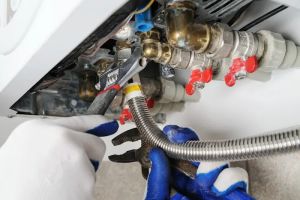
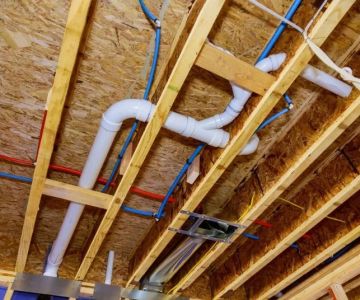

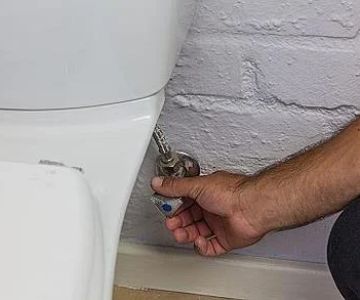
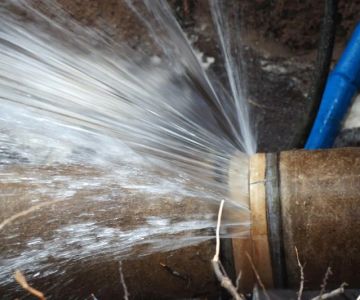
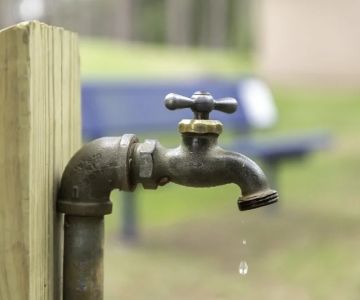

 Sheridan Plumbing LLC4.0 (8 reviews)
Sheridan Plumbing LLC4.0 (8 reviews) Straight Flush4.0 (61 reviews)
Straight Flush4.0 (61 reviews)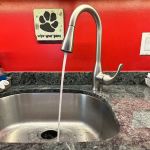 J. Blanton Plumbing, Sewer & Drain4.0 (613 reviews)
J. Blanton Plumbing, Sewer & Drain4.0 (613 reviews) Benjamin Franklin Plumbing5.0 (6 reviews)
Benjamin Franklin Plumbing5.0 (6 reviews) Pisgah Plumbing Services4.0 (43 reviews)
Pisgah Plumbing Services4.0 (43 reviews)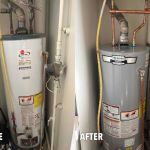 1-Tom-Plumber4.0 (456 reviews)
1-Tom-Plumber4.0 (456 reviews)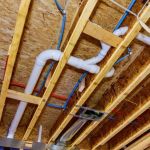 How to Route a New Plumbing Run in a Finished Basement – Step-by-Step Guide
How to Route a New Plumbing Run in a Finished Basement – Step-by-Step Guide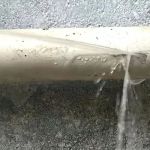 How to Repair a Cracked Pipe Without Replacing It
How to Repair a Cracked Pipe Without Replacing It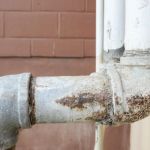 Signs You Need to Replace Old Plumbing Pipes
Signs You Need to Replace Old Plumbing Pipes How to Replace a Galvanized Pipe in Your Home
How to Replace a Galvanized Pipe in Your Home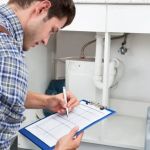 What to Check During a Home Plumbing Walkthrough
What to Check During a Home Plumbing Walkthrough What to Do When a Toilet Overflows Frequently - Expert Tips
What to Do When a Toilet Overflows Frequently - Expert Tips